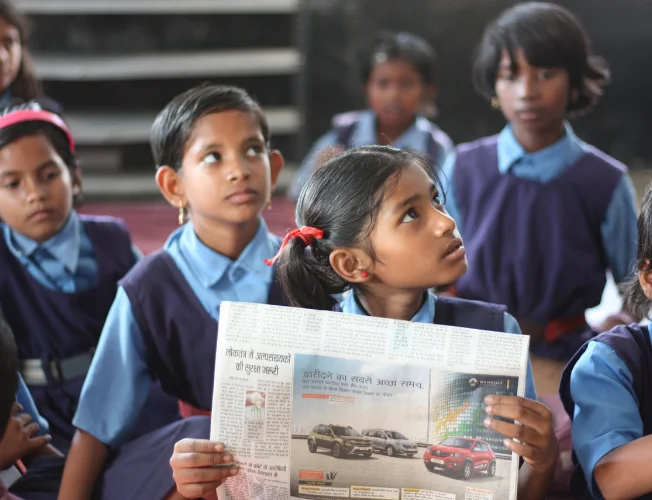In a concerning revelation, it has been reported that approximately 25% of rural children in the 14-18 age group face significant challenges in reading at the standard 2 level in their native language. The findings underscore a critical literacy gap that demands urgent attention.
English Proficiency Challenges
The study also sheds light on the English proficiency levels among children in the same age bracket. Shockingly, nearly 43% of youngsters in the 14-18 age group struggle to read sentences in English. This highlights a widespread issue that extends beyond regional languages.
Rural-Urban Disparities
The stark disparities in literacy levels between rural and urban areas are a cause for concern. While urban youth may face their own set of challenges, the rural context presents unique obstacles that contribute to the observed gaps in language proficiency.
Educational Implications
The inability of a significant portion of the 14-18 age group to read at the standard 2 level in their native language has profound educational implications. It raises questions about the efficacy of existing educational frameworks and the need for targeted interventions to bridge this literacy divide.
Addressing the Root Causes
To tackle this issue effectively, it is crucial to delve into the root causes of the literacy gaps. Factors such as inadequate infrastructure, teaching methodologies, and socio-economic disparities need careful examination. Addressing these underlying issues is paramount to implementing sustainable solutions.
Importance of Early Intervention
The findings underscore the importance of early intervention in literacy development. Waiting until the 14-18 age range may be too late to address foundational reading skills. Initiatives aimed at enhancing literacy must start at an early age to ensure a solid educational foundation.
Call for Comprehensive Reforms
The data necessitates a comprehensive reevaluation of educational policies and practices. Reforms should encompass curriculum enhancements, teacher training programs, and a focus on creating an inclusive learning environment that caters to the diverse needs of students, particularly in rural areas.
Conclusion: Urgent Measures for Inclusive Literacy
The revelation that a quarter of rural youth aged 14-18 struggle to read at the standard 2 level in their native language calls for urgent and inclusive measures. It is not just a matter of educational concern but a societal imperative to ensure that every child, regardless of their location, has access to quality education and the opportunity to develop essential literacy skills.
Read more about Marketing News, Advertising News, PR and Finance News, Digital News.





